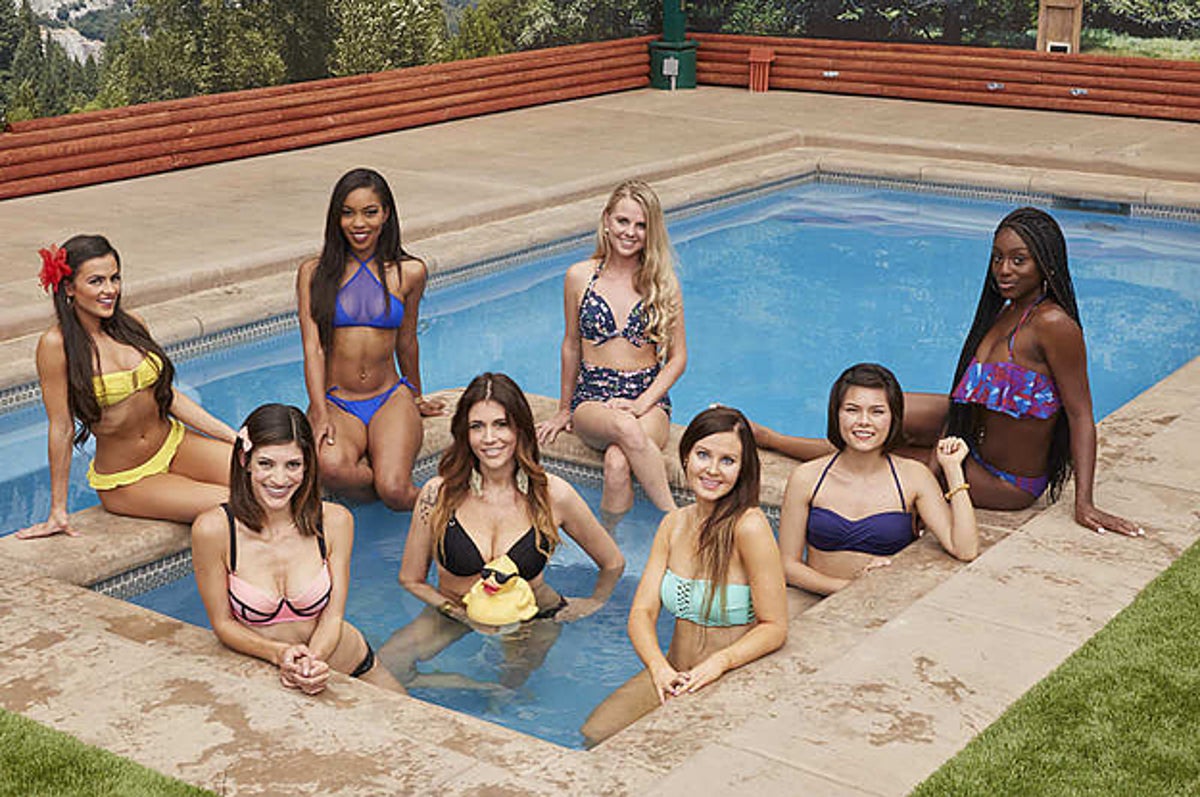Behind the Scenes: How Your Favorite TV Shows Are Made
- By -Adin
- Posted on
- Posted in Entertainment
TV shows have become an integral part of modern entertainment, capturing the hearts and minds of millions worldwide. However, while viewers enjoy the finished product on their screens, the process of creating these shows is a complex and fascinating journey. From scripting and casting to filming and post-production, every stage involves meticulous planning and hard work. Let’s explore how your favorite TV shows come to life.
The Script: The Foundation of Any TV Show
Every great TV show starts with a script. Writers brainstorm ideas, develop characters, and craft engaging plots that will keep viewers hooked. This process often begins months, if not years, before the show ever reaches the screen. Writers work closely with showrunners and producers to ensure that the script aligns with the overall vision of the show. After the initial draft is completed, it goes through multiple rounds of revisions. Feedback from producers, network executives, and sometimes even the cast, helps refine the storyline. Only after this rigorous process does the script become finalized, ready to guide the production team.

Casting: Choosing the Right Actors
Casting is another crucial element in the creation of TV shows. Selecting the right actors to bring characters to life can make or break a show. Casting directors work closely with producers and directors to find the perfect fit for each role. Auditions are held, and actors are screened to see if they match the character’s physical traits and personality. Often, casting choices are made based on chemistry between actors, especially if the characters share a close relationship on screen. Once the lead and supporting cast are selected, contracts are signed, and rehearsals begin. The chemistry and dynamics between the cast members are crucial for a show’s success, and this is often developed during these early rehearsals.
Pre-Production: Preparing for Filming
Before cameras start rolling, a lot of groundwork needs to be laid. This phase, known as pre-production, involves setting the stage for the actual filming process. Location scouting is conducted to find the perfect settings for various scenes. The production design team starts creating sets, costumes, and props. Meanwhile, the director, along with the cinematographer, plans out the visual style of the show. Storyboards are created to outline each shot and scene, ensuring everyone is on the same page. Additionally, budgets are finalized, schedules are made, and crew members are hired. All these elements must come together seamlessly to ensure a smooth filming process.
Filming: Bringing the Script to Life
Filming is where the magic happens. With scripts in hand and sets prepared, the crew and cast come together to bring the story to life. Filming can take place on a sound stage, a closed set, or on-location, depending on the show’s requirements. Each day on set is carefully planned to maximize efficiency. The director guides the actors through their performances, and multiple takes are often needed to capture the perfect scene. The cinematographer ensures that lighting, angles, and camera movements all contribute to the desired look and feel. Filming can be a grueling process, often requiring long hours and multiple takes to get each scene just right. But it is also a collaborative and creative environment where everyone from the actors to the crew contributes to the final product.
Post-Production: Crafting the Final Product
Once filming wraps up, the show moves into post-production. Here, editors piece together the footage to create a coherent and engaging narrative. Sound designers add effects and score composers create music to heighten the emotional impact of each scene. Meanwhile, visual effects teams work on CGI and other special effects that are crucial for many modern TV shows. Color grading is done to ensure visual consistency across episodes. At this stage, the showrunner and producers provide feedback, often requiring changes and refinements to the editing. Once all elements are polished, the final cut is sent for review and approval.
Distribution: Getting the Show to Viewers
After the final cut is approved, the show is ready for distribution. This step involves working with networks and streaming platforms to schedule release dates and promote the show. Marketing teams develop campaigns that include trailers, posters, and interviews to create buzz and anticipation. The premiere date is set, and the show is finally released to the public. From there, the audience response and ratings help determine whether a show gets renewed for additional seasons.
Conclusion
Creating a TV show is a collaborative effort that involves a wide range of talented individuals. From writers and directors to actors and crew members, each person plays a vital role in bringing a story to life. The next time you watch your favorite TV show, remember the immense effort and creativity that went into making it.



